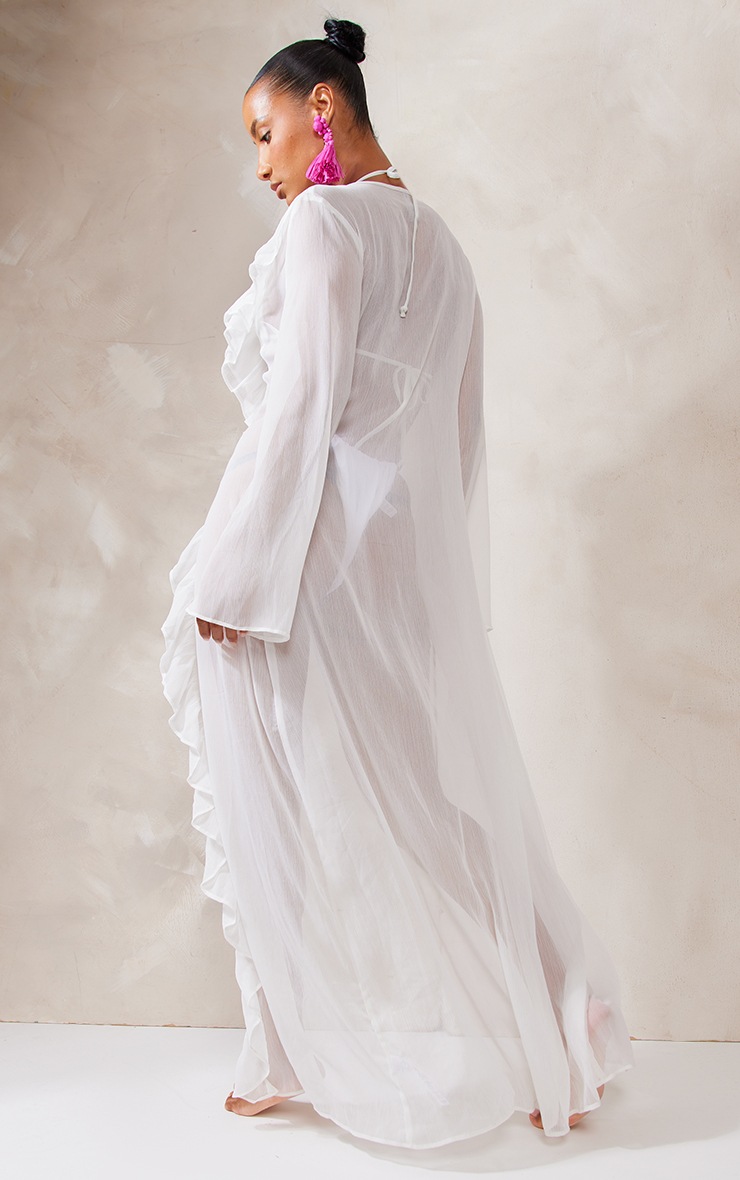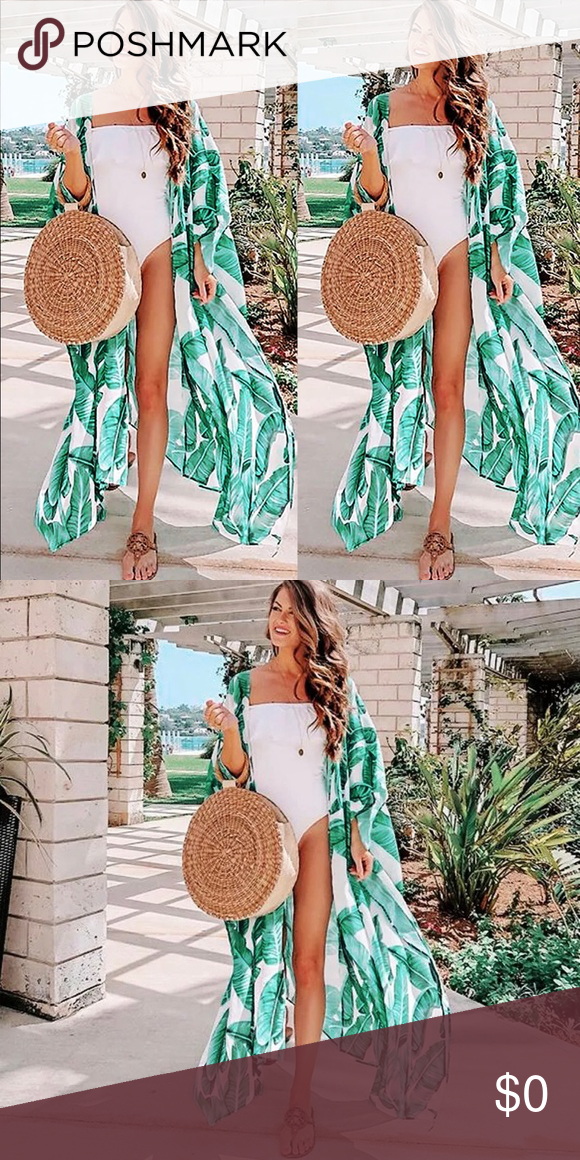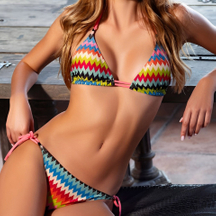Content Menu
● The Origins of Kimono Swimwear
● Styles of Kimono Swimwear
● Quality and Legitimacy
● Where to Buy Kimono Swimwear
● Styling Tips for Kimono Swimwear
● Conclusion
● Frequently Asked Questions
>> 1. What is kimono swimwear?
>> 2. Is kimono swimwear suitable for all body types?
>> 3. How do I care for my kimono swimwear?
>> 4. Can I wear a kimono swimwear cover-up off the beach?
>> 5. Where can I find affordable kimono swimwear?
In recent years, the fashion industry has seen a surge in the popularity of kimono-style swimwear. This unique blend of traditional Japanese aesthetics with modern swimwear design has captured the attention of many beachgoers and fashion enthusiasts alike. However, with the rise of any trend, questions about legitimacy, quality, and value often arise. In this article, we will explore the world of kimono swimwear, examining its origins, styles, and the factors that contribute to its legitimacy as a fashion choice.
The Origins of Kimono Swimwear
The kimono is a traditional Japanese garment characterized by its long sleeves and wrap-around design. Historically, kimonos were made from silk and adorned with intricate patterns, symbolizing various aspects of Japanese culture. The transition of the kimono into swimwear is a modern adaptation that combines the elegance of this traditional garment with the functionality required for beachwear.
Kimono swimwear typically features lightweight fabrics, vibrant colors, and eye-catching patterns, making them perfect for layering over swimsuits. This style not only provides a fashionable cover-up but also offers protection from the sun, making it a practical choice for beach outings.

Styles of Kimono Swimwear
Kimono swimwear comes in various styles, catering to different tastes and preferences. Here are some popular styles:
1. Traditional Kimono Cover-Ups: These are designed to mimic the classic kimono silhouette, often featuring wide sleeves and a flowing design. They are typically made from lightweight materials like chiffon or cotton, making them breathable and comfortable for warm weather.
2. Belted Kimonos: Some kimono swimwear includes a belt or tie, allowing the wearer to cinch the waist for a more tailored look. This style can enhance the figure while maintaining the relaxed vibe of a kimono.
3. Printed Kimonos: Many kimono swimwear options feature bold prints, such as floral or tropical patterns, which add a fun and vibrant touch to beach attire. These prints often reflect the colors of summer, making them a popular choice for vacations.
4. Long vs. Short Kimonos: Kimonos can vary in length, with some reaching the ankles while others are cropped. Longer kimonos provide more coverage, while shorter styles can be more playful and flirty.

Quality and Legitimacy
When considering whether kimono swimwear is legitimate, several factors come into play:
- Material Quality: Legitimate kimono swimwear is typically made from high-quality materials that are both durable and comfortable. Look for options made from breathable fabrics that can withstand exposure to sun and water.
- Craftsmanship: The construction of the garment is crucial. Well-made kimonos will have neat stitching, secure seams, and attention to detail in their design. Avoid options that appear flimsy or poorly constructed.
- Brand Reputation: Researching the brand can provide insight into the legitimacy of the product. Established brands with positive reviews are more likely to offer quality swimwear.
- Customer Reviews: Reading customer feedback can help gauge the experiences of others who have purchased kimono swimwear. Look for comments on fit, comfort, and overall satisfaction.

Where to Buy Kimono Swimwear
Kimono swimwear can be found in various retail outlets, both online and in physical stores. Popular platforms include:
- Etsy: A marketplace for handmade and unique items, Etsy features a variety of kimono swimwear options from independent sellers.
- Amazon: This platform offers a wide range of kimono swimwear, often with customer reviews that can help inform your purchase.
- Fashion Retailers: Many fashion retailers now carry kimono swimwear as part of their summer collections. Brands like Cupshe and PrettyLittleThing have embraced this trend, offering stylish options at various price points.

Styling Tips for Kimono Swimwear
To make the most of your kimono swimwear, consider these styling tips:
- Layering: Kimonos are perfect for layering over swimsuits. Choose a kimono that complements your swimsuit's colors and patterns for a cohesive look.
- Accessorizing: Pair your kimono with accessories like wide-brimmed hats, sunglasses, and beach bags to complete your beach ensemble.
- Footwear: Opt for comfortable sandals or flip-flops that match the relaxed vibe of your kimono swimwear.
- Mix and Match: Don't be afraid to mix and match different patterns and colors. Kimonos can add a fun element to your beach outfit, so experiment with different combinations.

Conclusion
In conclusion, kimono swimwear is a legitimate and stylish option for those looking to enhance their beachwear collection. With its roots in traditional Japanese fashion, this modern adaptation offers both elegance and practicality. By considering factors such as material quality, craftsmanship, and brand reputation, consumers can confidently choose kimono swimwear that meets their needs.
As the trend continues to grow, it's essential to stay informed about the best practices for purchasing and styling kimono swimwear. Whether you're lounging by the pool or strolling along the beach, a kimono can elevate your look while providing comfort and protection from the sun.
Frequently Asked Questions
1. What is kimono swimwear?
- Kimono swimwear refers to swimwear that incorporates the design elements of traditional kimonos, often featuring lightweight fabrics and vibrant patterns.
2. Is kimono swimwear suitable for all body types?
- Yes, kimono swimwear is versatile and can flatter various body types, especially when styled correctly.
3. How do I care for my kimono swimwear?
- Always check the care label, but generally, hand washing in cold water and air drying is recommended to maintain the fabric's quality.
4. Can I wear a kimono swimwear cover-up off the beach?
- Absolutely! Kimonos can be styled for casual outings, making them a versatile addition to your wardrobe.
5. Where can I find affordable kimono swimwear?
- Online marketplaces like Etsy and Amazon often have a range of affordable options, as well as sales from popular fashion retailers.






































